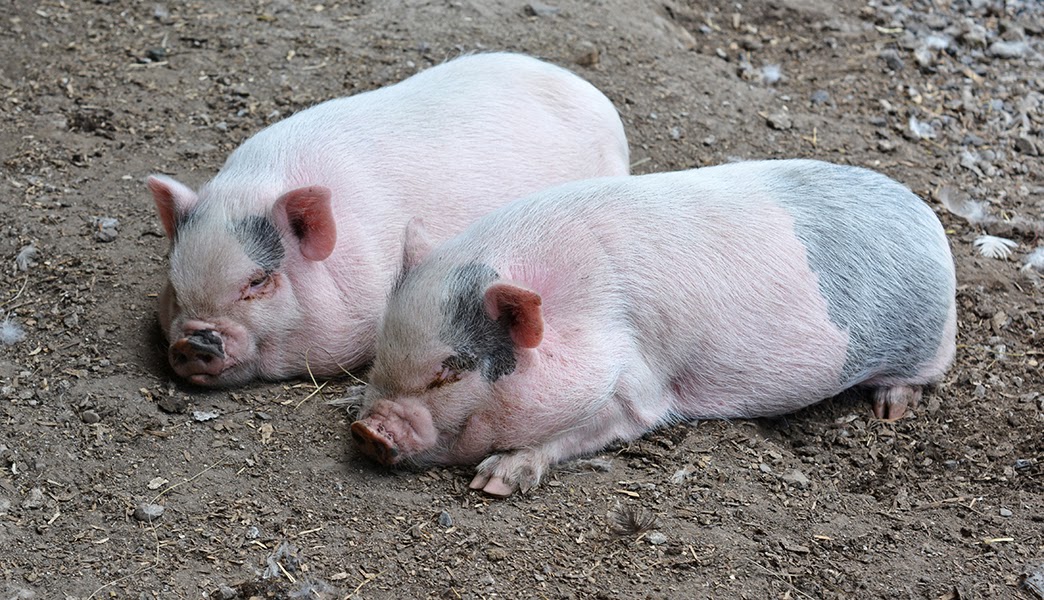Charlotte and me in 2012
If you can believe it, July 8th will mark Charlotte the hen's 5th birthday. And she still lays eggs for us! We are planning on having a party for her in August. Any excuse to get my friend Ronna to make another fantastic cake!
Charlotte is the only one left of our original 13 hens. I sure hope she lives another five years. She is a super-sweet hen and we love her to bits.
Lots of things having been keeping me busy lately, including writing. I've been taking online courses through Gotham Writers, the latest being a memoir-writing course (I'm taking the next level starting in July.) I like having structure to prompt me to write regularly. I've had plans for many books in my head for many years and I'm not getting any younger; as my parents would say, "It's time to sh*t or get off the pot!"
Anyhoo, I thought you might enjoy the following little story I wrote about our first chickens, as part of a homework exercise involving plot.
•••
Our First Chickens
On the kind of July day where sweat
meanders down your spine and pools at the tailbone, our chicks arrived. This
baker’s dozen of tiny fluffballs had just endured a six-hour truck journey from
the hatchery. My husband and I picked them up at our local feed store: six
black, seven yellow. I cradled the peeping box as Gordon drove us home. After
years of talking about it, we finally had chickens. We envisioned omelettes and
scrambles, frittatas and meringues, all made with our own organic eggs, laid by
birds leading happy free-range lives, guaranteed a bucolic retirement once their
laying days were over. They would
breathe life into our century barn, which once house dairy cows and meat birds.
But these miniature creatures
looked so fragile. Could they possibly survive to adulthood under our neophyte
care?
“Slow down, slow down!” I
admonished as Gordon bumped over the railway tracks. “I don’t want our babies
to fall over.” The chirping intensified. “There there, my tiny darlings! You’ll be home
soon.”
We deposited the youngsters in a large
cardboard box in our spare bedroom, their presence an excellent excuse for
warding off unwanted overnight guests. I checked on them frequently (okay,
excessively!) not just because I loved watching their adorable antics, but also
due to my borderline neurosis regarding their health. There are myriad ways for
a chick to die. They can overheat. The can catch a chill. They can contract
coccidiosis, where protozoa maraud through their tiny intestines, causing
explosive and deadly diarrhea. But most horrifying of all was the dreaded pasty
butt.
Gordon was taken aback. “Pasty….
what the hell?!”
“Their little behinds seal over
with dried-out droppings. They can’t poop, so they explode. Okay, well, maybe
not explode, but the end result is not pretty.”
As it turns out, chicks brought up without
the doting ministrations of their mama risk cementing their cloacae shut with
their own feces. Such blockages rapidly prove fatal; thus we needed to perform
daily chick-butt inspections. If pasty butt was found, the remedy involved breaking
up the offending mass with warm water and gentle fingers. However, one had to
take care not to mistake the belly button for the poop-caked vent. More than
one keeper has erroneously picked at a chick’s freshly-scabbed navel, only to
subject the feathered tyke to a medieval death by disembowelment.
When our little cluckers inevitably
outgrew a series of ever-enlarging boxes, we moved them into an elaborate coop
we’d dubbed the “Chicken Palace,” a labour of love that had taken Gordon eight
months to construct in his spare time. Early autumn brought our first tiny egg,
which I proudly displayed in a cup on our kitchen windowsill until our new
kitten whacked it to the floor, shattering the shell and its desiccated
contents. Fortunately, the hens have proven more durable.



















































